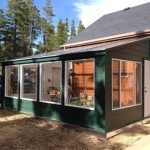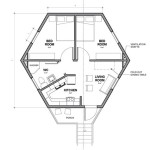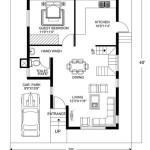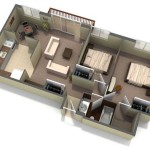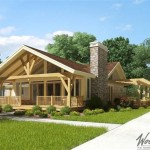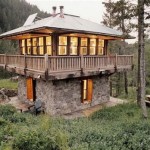Essential Aspects of Tiny Houses And Floor Plans
Tiny houses have gained popularity in recent years as a sustainable and affordable alternative to traditional homes. These compact dwellings offer numerous advantages, including reduced environmental impact, lower living expenses, and increased mobility. To design a functional and comfortable tiny house, it is crucial to consider essential aspects such as space planning, efficient layouts, and practical features.
Space Planning
Space planning is a critical aspect of tiny house design. With limited square footage, it is essential to maximize every inch of space while maintaining a sense of comfort and functionality. A well-thought-out layout can create the illusion of more space and ensure efficient use of available areas.
To optimize space, consider the following strategies:
- Vertical space utilization: Utilize vertical space by incorporating lofts, built-in shelving, and vertical storage solutions.
- Multipurpose furniture: Choose furniture that serves multiple purposes, such as a sofa bed for sleeping and lounging, or a dining table that can convert into a workspace.
- Declutter and minimize: Keep possessions to a minimum to avoid cluttering and create a more spacious feeling.
Efficient Layouts
The layout of a tiny house is crucial for maximizing functionality and livability. Common layout designs include:
- Sleeping loft: Raising the sleeping area to a loft creates additional floor space for other activities.
- Open-concept living: Combining living, dining, and kitchen areas into one open space creates a sense of spaciousness and promotes flow.
- Functional kitchen: Design a kitchen with ample storage and efficient appliances to maximize functionality in a limited space.
- Efficient bathroom: Utilize space-saving fixtures, such as a composting toilet and a shower-over-tub combination, to create a compact yet functional bathroom.
Practical Features
In addition to space planning and layout, practical features play a crucial role in enhancing the livability of a tiny house. Consider the following:
- Storage solutions: Built-in storage, under-bed drawers, and vertical storage racks provide essential space for belongings.
- Natural lighting: Maximize natural light through windows and skylights to create a brighter and more inviting space.
- Energy efficiency: Insulation, energy-efficient appliances, and solar panels help reduce energy consumption and environmental impact.
- Accessibility: Consider accessibility features such as ramps, wide doorways, and grab bars to ensure the home is accessible to all.
Conclusion
Designing a tiny house requires careful planning and attention to essential aspects such as space planning, efficient layouts, and practical features. By utilizing vertical space, choosing multipurpose furniture, and implementing clever storage solutions, it is possible to create a functional and comfortable dwelling within a limited square footage. Efficient layouts that maximize functionality and livability are crucial, as are practical features that enhance everyday living and ensure accessibility. Tiny houses offer numerous benefits, and with proper design and planning, they can provide a sustainable and fulfilling living experience.

Tiny House Floor Plans With Lower Level Beds Tinyhousedesign Design

10 X 20 Tiny Home Designs Floorplans Costs And Inspiration The Life

A Three Full Bed Tiny House Design Floor Plan With Twin And Queen Upstairs No Storage Loft Plans Small

Tiny House Floor Plans 32 Home On Wheels Design

Tiny Home Plans House Floor And Designs

Tiny House Floor Plans Design Your

Tiny House Plans Designed To Make The Most Of Small Spaces

Tiny House Plan Examples

27 Adorable Free Tiny House Floor Plans Craft Mart

Plans Purchase Healthy Homes

